nPM1300 PMIC - A single chip for all of your power needs - Embedded world 2024
During a lively showcase at the Nordic stand, an insightful dialogue with Robin, a leading developer behind the nPM1300 PMIC, unveils the complexities and innovations of this cutting-edge technology. This power management IC, crucial for the optimal performance of electronic devices, regulates power supply to essential components, ensuring stability and efficiency.
The role of Power Management Integrated Circuits (PMICs) in modern electronics cannot be overstated. These devices not only manage power distribution and voltage levels but also enhance the operational lifespan and reliability of electronic systems. With the launch of the nPM1300 PMIC, the industry sees a leap in technology that promises not only to enhance efficiency but also to simplify the integration of power management solutions across various applications.
Core Functions of the nPM1300 PMIC
The nPM1300 PMIC is designed to serve as the heart of power management in electronic devices, performing several critical functions that ensure device stability and efficiency. At its core, the PMIC manages voltage regulation, which involves adjusting and controlling the voltage to various components to protect sensitive electronics and ensure consistent performance, regardless of fluctuations in power supply.
In addition to voltage regulation, the nPM1300 PMIC incorporates an advanced battery charging system that optimizes the charging cycles of lithium-ion batteries, enhancing their lifespan and efficiency. This system is carefully calibrated to manage the delicate balance required for battery health, including overcharge protection and energy efficiency.
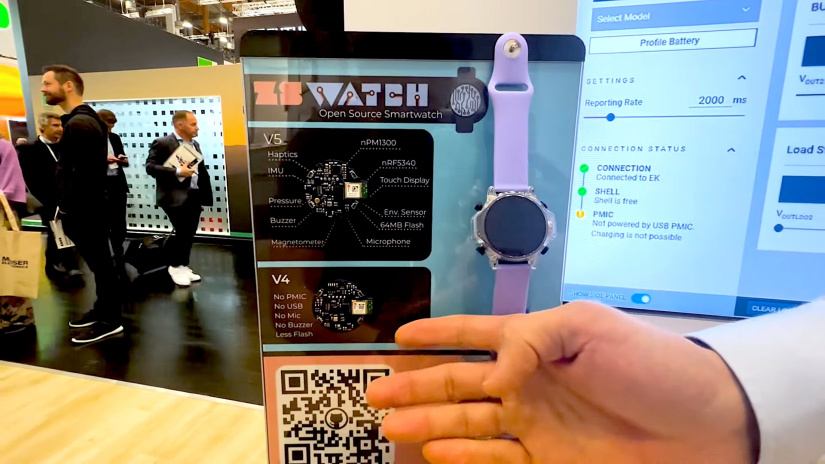
The PMIC also expands its utility with system management features such as USB power negotiation, which allows devices to communicate and agree on the power consumption and supply levels over USB connections. Furthermore, the integration of fuel gauging functionality provides real-time data on battery health and remaining charge, which is crucial for mobile and portable devices. Hardware reset capabilities offer an essential safety and recovery mechanism, enabling devices to reset to factory settings in the event of a system failure or malfunction.
Benefits of Integrated Power Management
The shift from traditional distributed power management systems to an integrated approach like that offered by the nPM1300 PMIC represents a significant technological advancement. Traditional systems typically rely on multiple discrete components scattered across the printed circuit board (PCB), each managing a different aspect of power delivery and regulation. This not only complicates the design and increases the size of the PCB but also limits the space available for other innovative features.
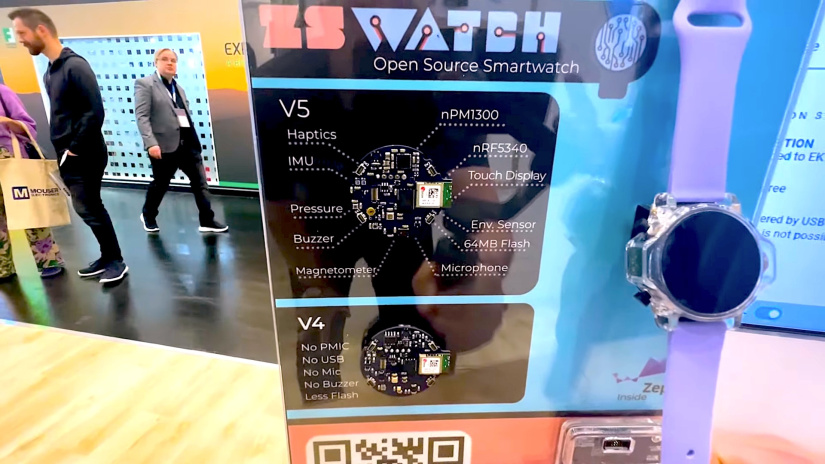
A prime example of the advantages of integrated power management is seen in the development of the ZS Smartwatch project. In its fourth version, the smartwatch used a distributed power management approach, which involved several power management components such as buck converters and battery chargers occupying substantial PCB space. This layout restricted the addition of new functionalities due to space constraints. However, with the transition to the nPM1300 in version five, the designers were able to consolidate all these functions into a single chip. This not only streamlined the power management process but also freed up valuable PCB space, enabling the integration of additional features like a microphone and a barometer within the same compact form factor.
Technical Setup and Developer Tools
The nPM1300 PMIC is equipped with robust tools and support to assist developers in integrating this technology efficiently into their projects. One of the standout features is the npm PowerUp software, which provides a user-friendly graphical user interface (GUI) on a PC. This GUI allows developers to configure and optimize various settings of the PMIC easily, enhancing the development experience and reducing time to market for new devices.
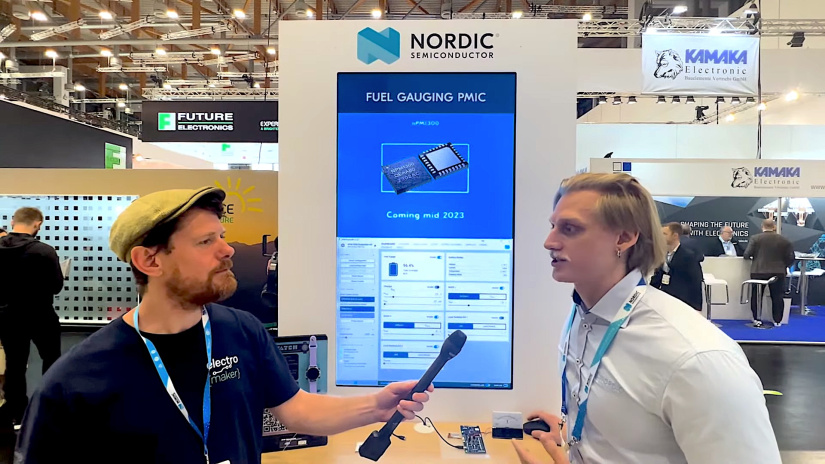
The nPM1300 PMIC connects to host processors via the I2C interface, a popular choice for embedded systems due to its simplicity and effectiveness in managing communications between microcontrollers and other peripherals. This connection method is particularly beneficial for hardware designers as it simplifies the circuit design and allows for easy integration of multiple devices without the need for complex wiring or additional resources. The I2C interface not only facilitates a streamlined development process but also enhances the scalability of the project, supporting the addition of more components as needed without significant redesigns.
Future of Embedded Power Management
As the demand for smarter, more efficient electronics continues to grow, the future of power management technology is likely to be dominated by trends toward greater automation and deeper integration. Automation in power management can lead to systems that are more responsive to changes in device behavior and environmental conditions, optimizing power consumption dynamically without human intervention. This could result in significantly improved battery life and device performance, particularly in power-sensitive applications like wearable technology and IoT devices.
Wrapping Up
The nPM1300 PMIC represents a significant leap forward in power management technology, encapsulating the key advantages necessary for modern electronic design. By integrating multiple power management functions into a single chip, it offers enhanced efficiency, reduced size, and greater reliability. These features are crucial for developers seeking to create innovative, compact, and high-performance electronic devices.
The broader impact of integrated power management solutions like the nPM1300 on the electronics industry cannot be overstated. As devices continue to shrink while simultaneously increasing in complexity, the demand for efficient and compact power solutions will only grow. The nPM1300 PMIC is at the cutting edge of this trend, providing a blueprint for the future of electronic development where power management becomes more streamlined, yet more powerful, opening up new possibilities for what electronic devices can achieve.
For more information visit: https://www.nordicsemi.com/pmic



































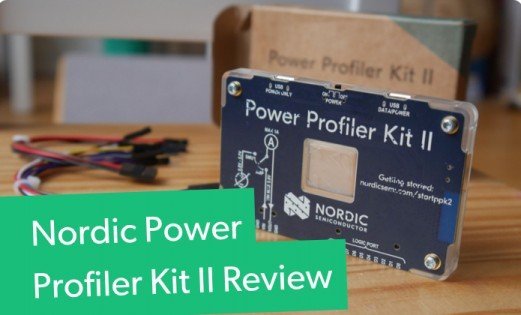







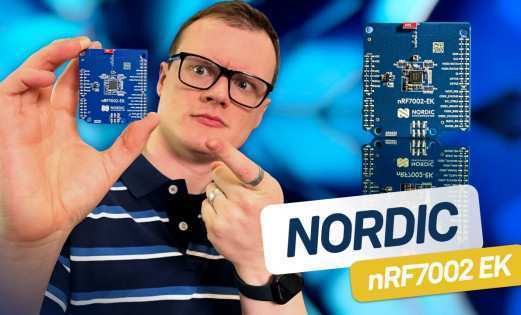


Leave your feedback...